Dove Marketing Strategy: How Dove Became The Voice of Women
Through time, Dove has earned quite a reputation in the world of beauty and personal care products. The range of products has expanded as well as the social attraction and customer associations. While Dove’s quality products are what make the happy users stay, it also stands out from the large crowd of beauty brands with a unique and effective marketing strategy.
How could Dove do that, especially in a highly competitive market such as beauty and skincare? The market is filled with new competitors every day and is estimated to be a $532 billion industry in 2019. But the way Dove marketed itself has played an important role in growing its customer base in various corners of the world.
If you are interested in how Dove’s marketing strategy keeps its name as a top-of-mind option for women worldwide, this is the article to read. I’m going to show you the road Dove took to become the “real beauty” standard that women everywhere celebrate. Not grounded in product functionality or quality, Dove is a symbol of a brand that exceeded its meaning in customers’ lives. So, let’s get started and see how Dove did it so successfully.
Dove introduction
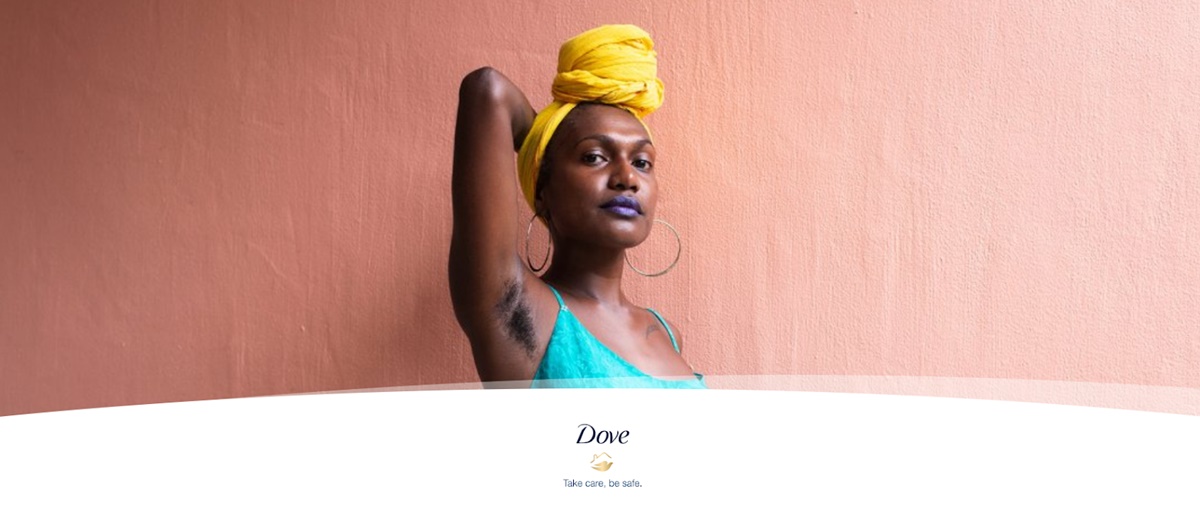
Dove is an American personal care brand that belongs to Unilever. If you don’t know, Unilever is a multinational company that was established in 1930 and is specialized in health and wellbeing. It owns over 40 brands, and 14 of which generate sales over €1 billion per year. Many Unilever brands you must have heard of are Omo, Rexona, Lifebuoy, Vaseline, Clear, Cif, Lipton, Axe, and more.
For Dove, the brand had a quite slow start with products formulated all the way back in the 1940s, but it only initially launched in the 1960s. There were only Dove Bar and Dove Beauty Bar at first. However, by the 1970s, Dove gained an explosion in popularity as the mildest soap that is gentle for beauty. Soon enough, the brand products were highly recommended by physicians.
By the 1990s, Dove had grown to be worth $200 million and is valued at approximately $4.5 billion today. Its products are sold in nearly 150 countries and are offered for women, men, and babies. This success is largely attributed to building a good reputation among women with smart marketing strategies.
Dove’s target market
Regular customers of Dobe are those who want to take extra care of their bodies. These customers look for products with minimal or no chemical effects on their hair/bodies, and Dove fits with that description. Although the products are suitable for both men and women between 18 - 50, most of Dove’s target customers are young, independent, and affluent women between the ages of 18 and 34.
The brand has launched many campaigns over the last decades to educate customers about changing people’s social perceptions, especially women. So Dove’s products try to influence people both physically and emotionally with positive characteristics of being friendly and outgoing.
Dove’s lines of products
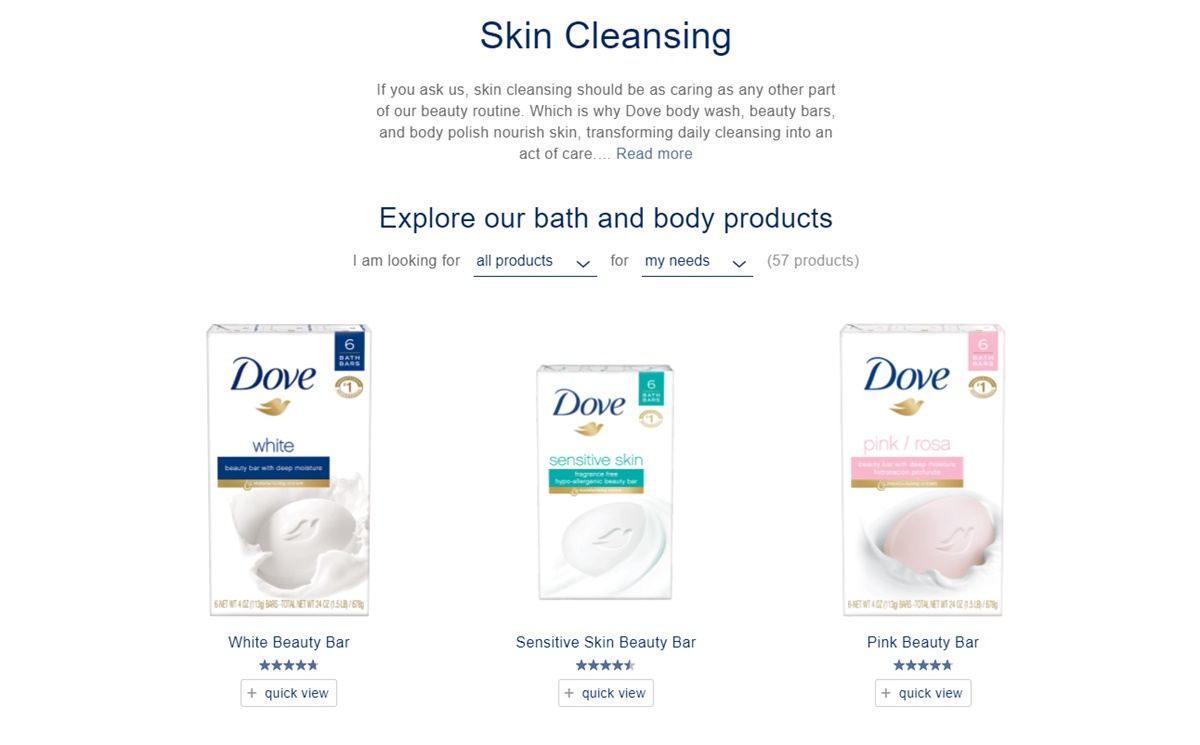
There are five main categories of Dove’s products, which are:
- Beauty Bar and Body Wash
- Haircare products
- Deodorant
- Lotion
- Men care
Since it was released in the US in 1957, Dove’s products have been promoted as a healthier alternative for the regular beauty bars that were full of chemicals. At the core, the product of Dove is the patented blend of ¼ moisturizing cream and mild cleansers. The company works closely with smallholder farmers and retailers to provide its products to markets everywhere.
Dove follows a strategy of 70:20:10 with a global approach, whereas 70% of the innovative product’s rollout is on a global basis, 20% of the portfolio consists of local innovations by the global brands, and 10% are hyper-local products that suit local taste and requirements.
Dove’s products are popularly known for the moisturizing effect that keeps skin soft and healthy. Its competitors are brands such as Nevia, Oly, Revlon, Loreal, Johnson & Johnson, etc.
Dove’s marketing strategy
As one of Unilever’s most iconic brands, Dove needs constant effective marketing campaigns to stay in the beauty industry, which is already highly competitive. Through innovative marketing strategies since the 90s, Dove has been able to retain its market-leading position very well. Let’s see how Dove does it.
Unique strategy

The marketing strategy of Dove is very different from its competitors. Instead of taking the regular and easier method of advertising by using beautiful actresses and models, Dove decided to connect it with real people. Not only did this help the brand connect with the customers, but it also acquired a distinct and unique brand image for Dove.
Over time, people’s attitudes toward brand marketing and consumption patterns have changed a lot. People no longer buy if they feel like they are being forced to buy or degraded by impossible beauty standards. So brand equity and brand image have become an important factor in increasing retail sales and market share nowadays.
By taking a modern and responsible approach toward beauty care products, Dove and Unilever earned great popularity for their unique marketing strategy decision.
Promote healthy products
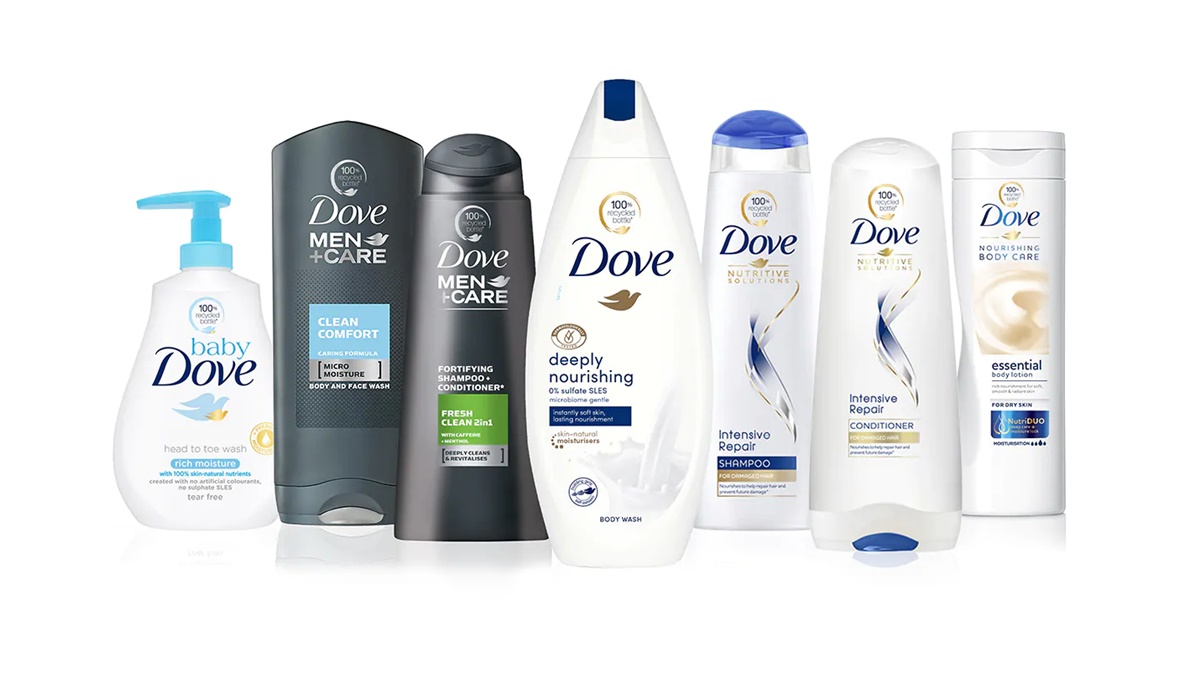
In its core, Dove’s products have always been healthy and gentle for the skin. It helps moisturize and clean, so customers can enjoy better skin. Dove offers a large range of beauty products, including facial cleansers, body washes, hand and body lotion, shampoos, deodorants, conditioners, and hair care products. But only great products are not enough to succeed; it also needs great marketing.
In an industry where companies profit from insecurity and encourage people to fix their “flaws,” especially women, Dove boldly addressed the issue of low self-esteem. Dove understood the importance of being relatable and avoided selling products to make customers feel better, but remove their insecurities about the human skin condition. So the products of Dove are not only healthy on the outside, but also on the inside.
Through this, Dove achieves tremendous reach towards the target customers via the empathetic marketing strategy.
Projects for women’s empowerment

Advertising is just words and images, so it won’t convince anybody unless real actions are taken. So Dove started several projects that focused on true beauty to represent women under a more real lens in media and other marketing channels. These projects are often contributed by real people to shatter the beauty stereotypes so women can have a more inclusive version of beauty on the media.
Dove took its commitment to break impossible beauty standards by the 60th-anniversary celebration with Dove Real Beauty Pledge’s campaign, which had three vows:
- We will always feature women, never models.
- We will portray women as they are in real life. We won’t digitally distort our images.
- We will be helping young people build self-esteem and positive body confidence.
In short, Dove promotes beauty in its most real way, without makeup or picture-perfect shapes. All of its marketing projects focus on strengthening the picture of original beauty, all the way from the 2000s. This has become a compelling social mission of Dove to build women’s self-esteem ever since.
By long-term commitment and continuous campaigns, Dove can grow a strong connection between the brand and the customers. Rather than being limited to product promotion or sales, Dove’s compelling marketing strategy addresses the larger issues among generations of women and elevates the brand’s position in the buyer’s eyes.
Dove’s notable marketing campaigns
Examining what Dove has created over the years shows how the brand is able to accomplish its success by investing in unique, thoughtful, and sophisticated marketing strategies. In the digital age, Dove also picked up pretty quickly and transformed its campaigns into activities on diverse channels, such as stunt marketing or large content creation. This continues to reinforce Dove’s brand positioning while providing more touchpoints for the audience to interact with.
Let’s see some of Dove’s most notable marketing campaigns to see how they stayed on top of the beauty industry for years.
The Real Beauty campaign
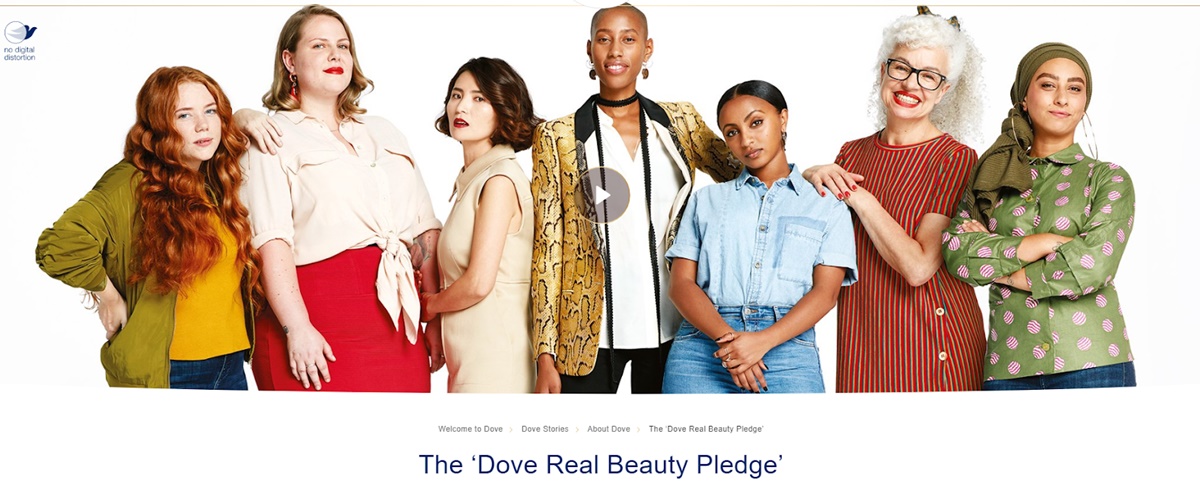
In 2004, Dove launched the Real Beauty campaign that aimed to change, educate, and inspire women on a wider definition of beauty, and make them feel more confident about their bodies. The first stage featured a series of billboard advertisements that showed regular women instead of professional models. The messages on these ads invited viewers to vote on whether a woman was “Fat or Fab” or “Withered or Wonderful” with the results dynamically updated to be displayed on the billboards.
The campaign connected with an issue of deep concern about the beauty standard among women, while addressing the insecurities that women had to face. And Dove empathized with all of them. It brought a higher purpose to the brand and resonated with customers at several levels.
This continues to be one of the most iconic campaigns that Dove made and inspired many customers to feel good about their bodies. People were sharing about Dove everywhere and felt like: “finally, this is a brand that understands my struggle with beauty standards.”
The Ad makeover campaign
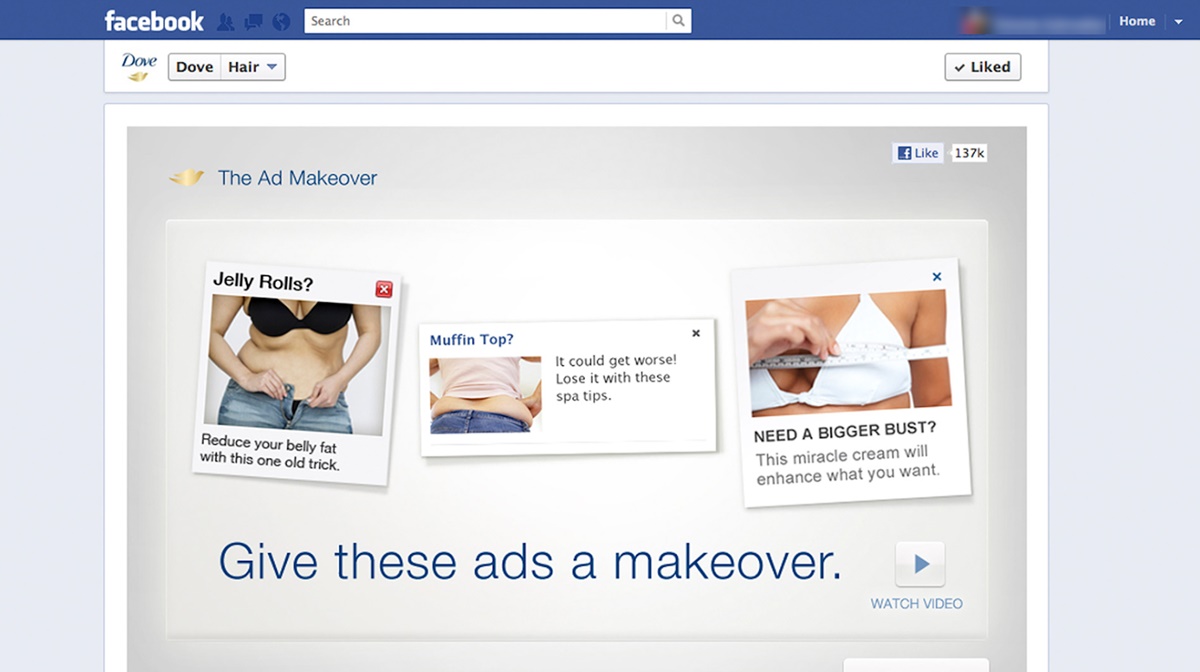
Everywhere we look, some ads that tell us we need to “fix” something about ourselves. So Dove created an Ad Makeover campaign with interactive elements so women can change the way advertisements are. Users can regard negative things about ads such as weight loss or cosmetic surgery with positive messages designed by Dove.
Many negative search terms that were frequently used by advertisers such as Plastic surgery, Holiday, I hate my body, Bikini, Gym, or Diet were selected. Then Dove just overbid against these words, so none of the ads with these words can be shown; instead, there were positive Dove ads.
People who used the Dove app can create their own positive messages, and Dove would purchase ad space for them. These ads can then be shared with Facebook friends to further spread the message of self-love. In the end, 171 million positive banners were displaced and reached 5.5 million unique women users. Over 70% of the women responded that they felt more beautiful through the campaign.
The #ShowUs campaign
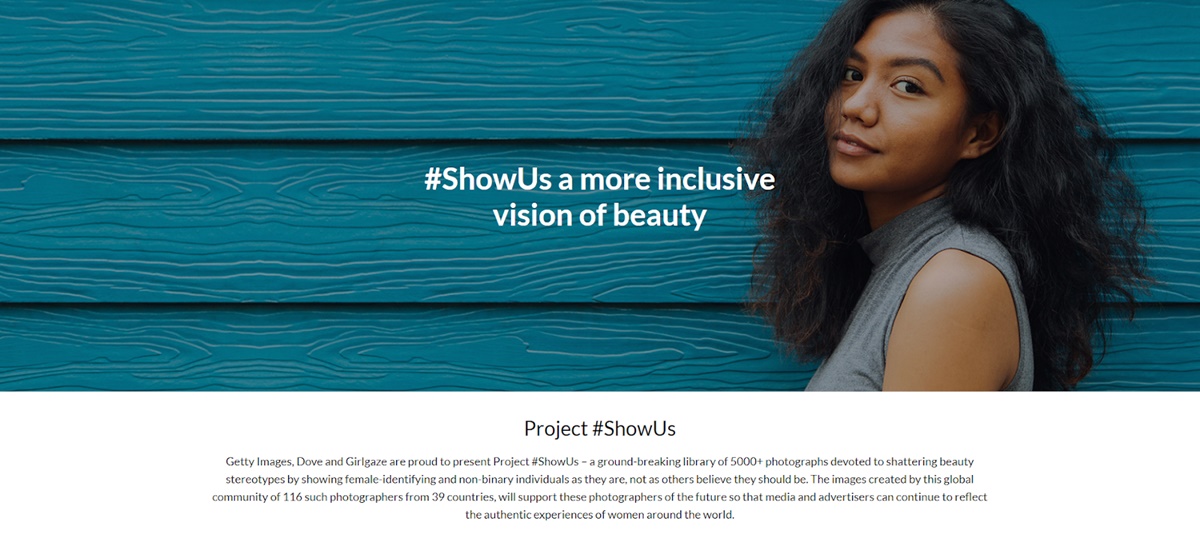
Realizing that 70% of global women don’t feel represented by everyday images, Dove partnered with Getty Images in 2019 to create the world’s largest stock photo library created by women - Project #ShowUs. With a time of people trying to have Instagram-perfect photos, the project wanted to shatter beauty stereotypes and show women as they really are.
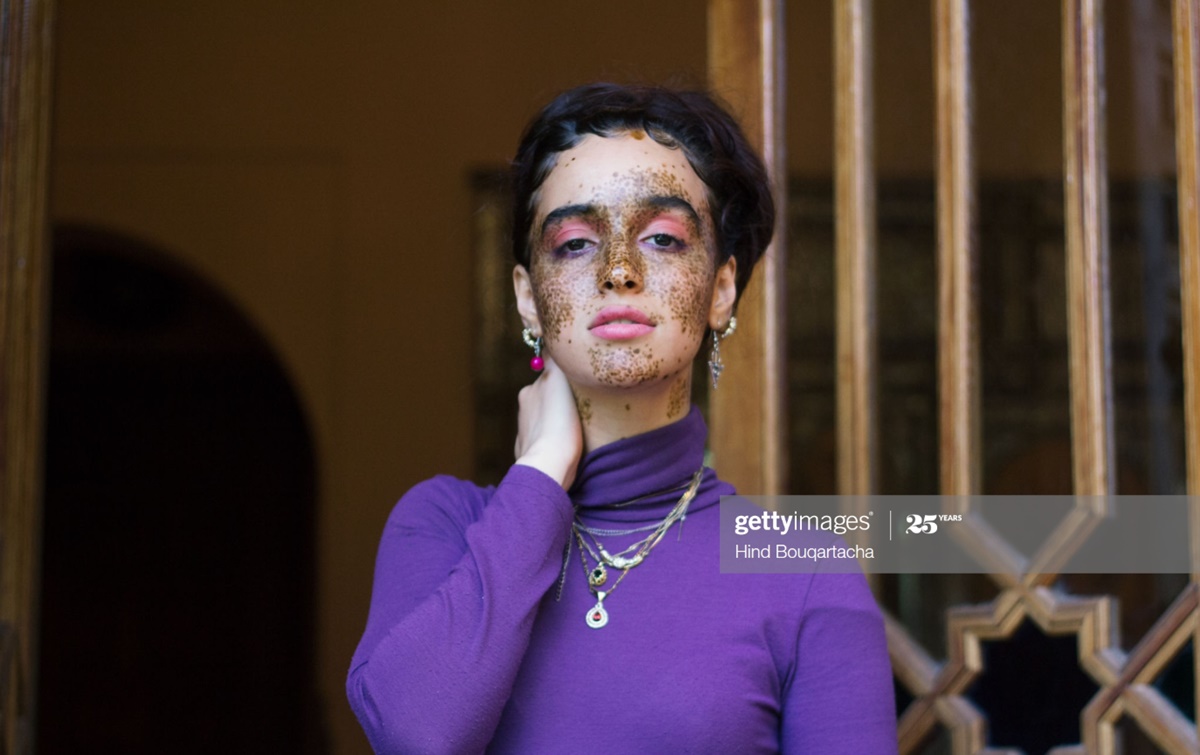
The project featured 5,000 images of 179 women from 39 countries, and these were shot by 116 women and non-binary photographers. These “models” had many underrepresented backgrounds such as handicapped, black, Asian, pansexual, elder, and more. All images were made available for public use, and the project was the winner at 2019 Cannes Silver Glass: The Lion for Change.
The project created a sense of ambassadorship that allowed everyone to use the images and join the movement of empowering women.
What can you learn from Dove?
Here is a quick recap of what you can learn from Dove’s marketing strategy:
- Your customers are real people, if you can connect with them and empower their status, your brand can create a special connection.
- Understand the target market’s real needs so you can find a way to stand out from the crowd.
- The goal is not just to feel good, but to feel genuinely good about yourself. And you can invite people to participate in your campaigns too.
- If you succeed, your brand will increase sales and have a positive impact physically and emotionally.
The bottom line
As a top brand in the beauty industry, Dove has continually built its marketing strategy around social and emotional benefits - which can be considered risky even now. By truly capturing consumer concerns and executing campaigns with distinguished content, Dove was able to maintain a representative for “real beauty” and empower women worldwide.
So, what have you learned so far? Does your brand have such a strong singular focus to make its mark on the market? What do you want to apply for your business learning from Dove? Share your thoughts in the comments section below, and I would love to hear!
New Posts







